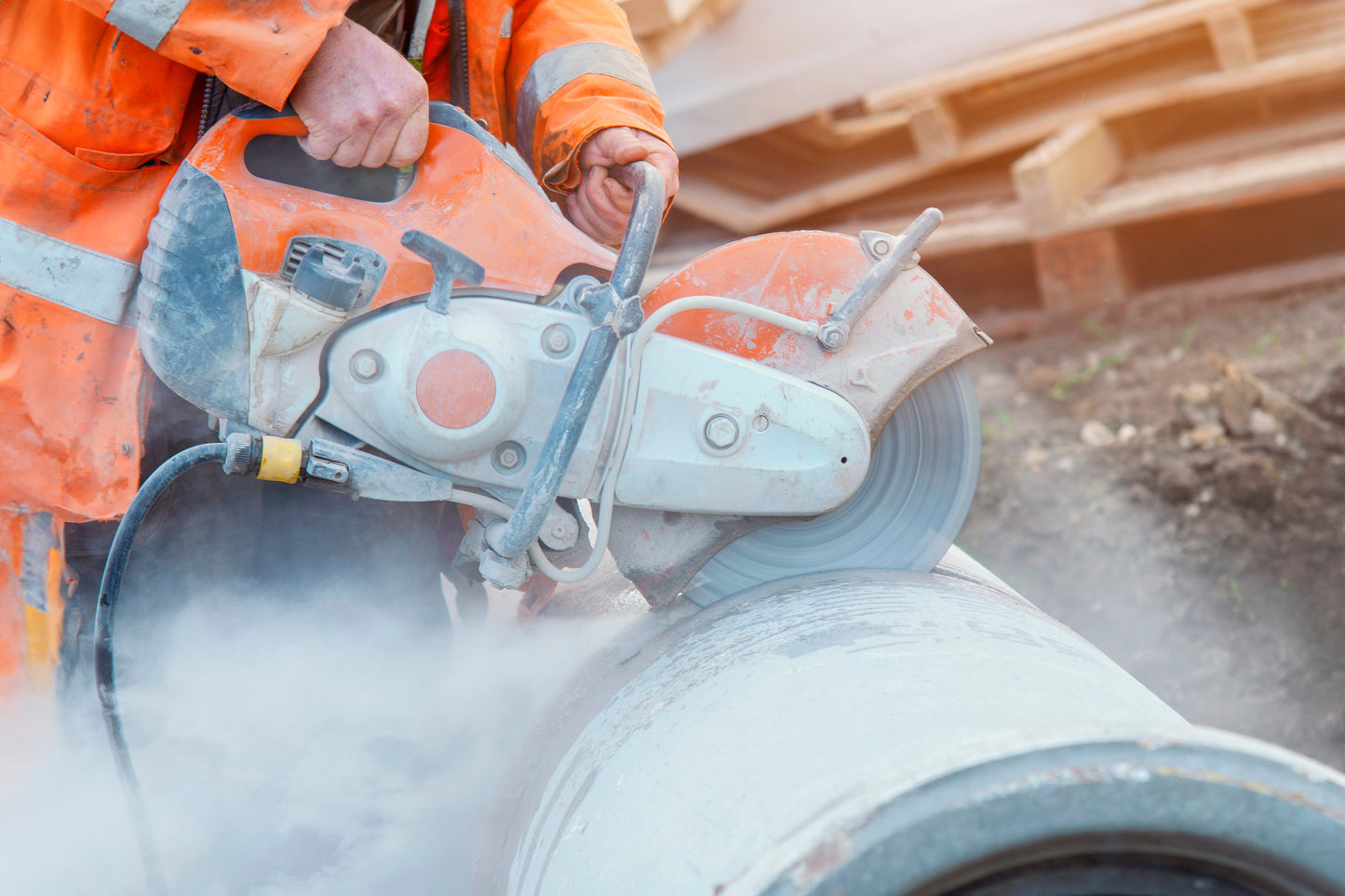OSHA Silica Awareness Training
This course provides an overview of hazards from respirable crystalline silica (silica dust) and the practical controls used to limit worker exposure to safe levels.
Course Overview
The OSHA Silica Awareness Training course explains where silica occurs, how workers become exposed to respirable crystalline silica, and the health risks associated with over-exposure. It emphasizes practical hazard controls and safe work practices to reduce silica dust exposures in the workplace.
Why Silica Matters
Silica compounds occur naturally and can also be produced synthetically. In several industries—construction, mining, oil & gas, stone countertop fabrication, foundries, and various manufacturing settings—workers may be exposed to silica dust above the permissible exposure limit (PEL). Prolonged exposure increases the risk of silicosis, chronic obstructive pulmonary disease (COPD), and certain cancers.
Regulatory Requirements
To protect workers, OSHA has issued respirable crystalline silica standards for both General Industry & Maritime (29 CFR 1910.1053) and Construction (29 CFR 1926.1153). This course explains key elements of those standards and employer/worker responsibilities to control exposures.
Who Should Enroll?
- Construction workers (cutting, grinding, drilling concrete, masonry, stone)
- Workers in stone countertop fabrication and masonry
- Foundry, mining, and manufacturing personnel exposed to dust
- Supervisors, safety officers, and site managers overseeing dust-generating tasks
What You'll Learn
- Basics of respirable crystalline silica and where it is found
- How workers are exposed and the health effects of silica exposure
- OSHA’s silica standards and employer obligations
- Engineering controls, work practices, and respiratory protection to limit exposure
- Housekeeping, monitoring, and medical surveillance considerations
- When to stop work and escalate concerns to supervisors or safety personnel
By the end of this course, you'll be able to:
- Understand general requirements of OSHA’s Respirable Silica Standards for the General Industry and the Construction Industry.
- Define silica and identify both natural and man-made sources of the compound.
- Recognize common occupational sources of respirable crystalline silica exposure for workers.
- List the diseases and health effects associated with exposure to respirable crystalline silica.
- Recall OSHA’s specified Action Level (AL) and Permissible Exposure Limit (PEL) for respirable crystalline silica.
- Understand compliance requirements for workers who choose to use specific exposure control methods.
- Understand OSHA’s compliance expectations for workers who opt to use alternate exposure control methods.
- Understand OSHA requirements related to an exposure control plan, silica-relevant respiratory protection, housekeeping, training, and recordkeeping for workers exposed to silica.









